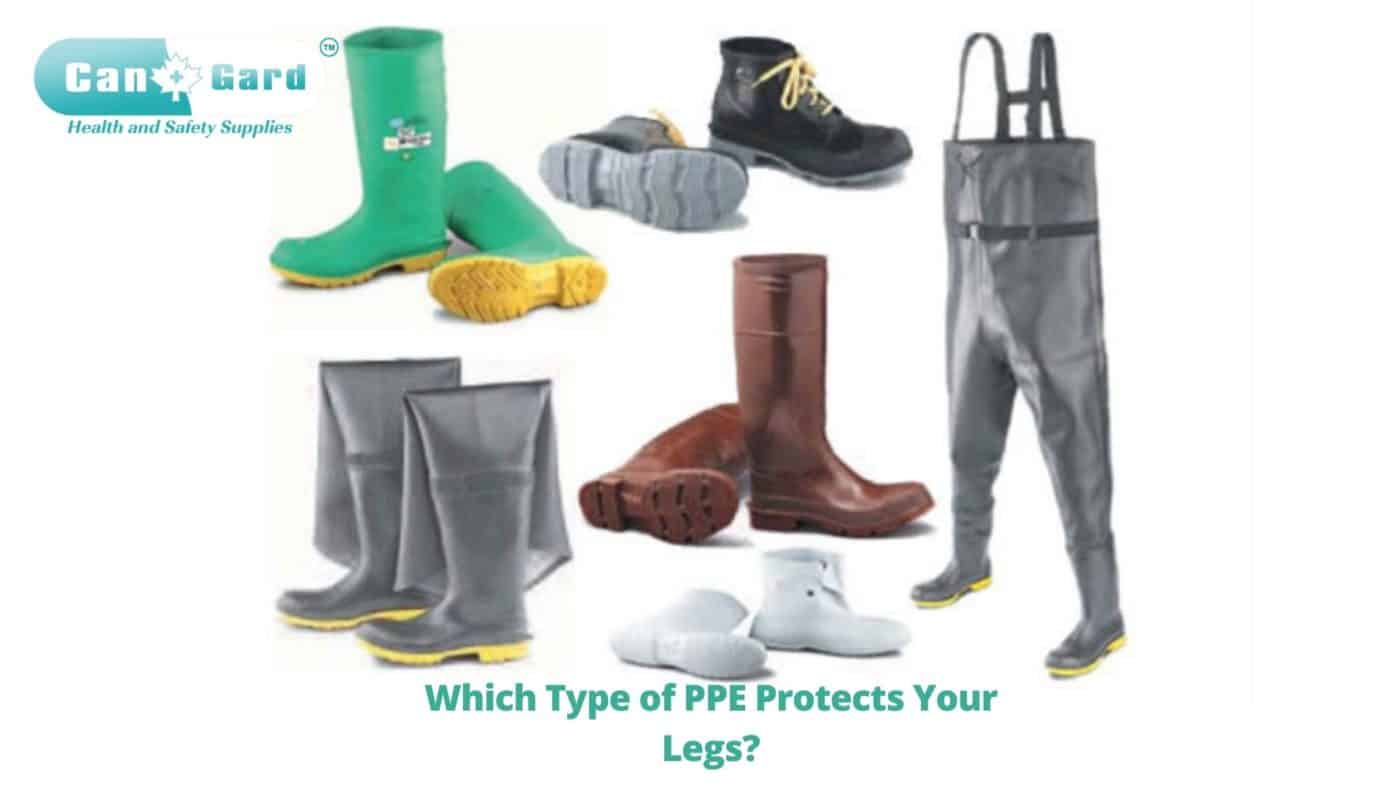First Aid/PPE
Which Type of PPE Protects Your Legs?
What type of PPE protects your legs? Layers of clothing can leave your legs exposed to harmful chemicals and other hazards. This blog post will discuss the different types of leg protection to know which one is best for you. There are many options when it comes to PPE for your lower body. Each has its benefits and drawbacks, which we will explore in detail below.
The first thing that you need to consider when selecting a type of leg protection is what you’ll be doing on the job site while wearing it. If you’re primarily stationary at work, then a simple pair of over-the-calf cotton socks might do the trick! But if you’re constantly moving around or coming into contact with hazardous material, then a more robust type of leg protection will be necessary.
If there are chemicals or other dangerous substances in the air, you’ll need to wear specialized masking gear to protect your nose and mouth from breathing them in. You’ll also want goggles for eye protection against airborne particles. If you’re dealing with heavy equipment, ensure that it’s been properly grounded before touching any parts connected directly to its power source. This prevents electric shock accidents on the job site!
The second thing that you should consider when selecting PPE is what materials they’re made out of. Rubber or neoprene socks work well because they provide insulation from radiant heat sources like hot surfaces and light machinery while still allowing perspiration vaporization through their pores.
The third thing you need to consider is what you’re protecting against. You’d want to use chemical-resistant gloves when handling chemicals, while a cork or leather cap would protect you from hot liquids and molten metal splash.
The fourth thing that should be considered is your budget for PPE. Some are more expensive than others, but often the cost of the equipment will depend on how much time it’ll need to last as well as if there’s an industry regulation dictating its safety standards such as ESD matting (electrostatic discharge) grounding mats which prevent electric shock accidents in industrial environments.
1. three types of PPE protect your legs
a. The first is leg sleeves or covers, which are usually made from a material resistant to water and chemicals such as neoprene
b. Second is knee pads, which should be worn in environments where the flooring may cause your knees to pain like concrete floors
c. The third is leg guards, which can cover any body part below the waist down to a person’s feet. Still, it’ll need an outer layer of protection for additional resistance against dirt and debris contaminating the surface with oil-based substances on it (such as tar). These PPEs mostly come in two types: chemical splash pants or hybrid hard hats because they’re not only lightweight enough so you won’t get overheated wearing them but also protective.
2. Disposable leg coverings – disposable leg coverings come in various sizes and can be used for one-time protection or multiple uses.
These are primarily used in environments where the flooring may cause your knees to pain, like concrete floors.
*Tip: Disposable leg coverings should be replaced when they are torn, soiled, or damaged to avoid any injury from occurring.
3. Leg sleeves – these are made from either knit fabric, neoprene rubber, or latex foam to provide warmth and insulation to the lower body.
These are used primarily in cold environments like steel mills, where the temperature can drop to as low as 20 degrees.
*Tip: Leg sleeves are a good option for workers who have sensitive skin or allergies because they do not touch your body directly and therefore reduce any irritation that may occur from exposure.
A final note on leg protection is that being aware of your surroundings will help you avoid injury; since boots explicitly designed for foot protection cannot protect your legs, be sure to wear PPE over both parts of your body by wearing leggings when necessary.
4. Overalls – overalls offer protection against chemicals and liquid spills as well as some abrasion resistance.
Choosing the proper overalls for the job is essential. There are many different types of protection available, and it’s necessary to know which one will work best for you.
– PPE should always be chosen by someone who knows what they’re getting into – everybody has its sensitivities or allergies. A variety of materials can irritate skin or cause allergic reactions, so choosing your gear wisely may save you from some pain later on down the line.
*Tip: If you have sensitive skin, then consider leg sleeves because this type of coverage does not touch your body directly, reducing any irritation that could occur due to exposure to Plantar Fasciitis*
5a) They also have adjustable straps on the front so you can customize them for your specific needs
5b) Overalls are available in different colors with reflective strips to make sure you’re always visible while working outdoors
6) If you don’t want to wear something over your clothes, there is a type of pants called “pants” which protects both legs and feet at once by covering up any skin not covered by clothing (such as around the ankles). These pants will usually have elasticized waistbands, zippers, pockets for storing tools or other equipment such as gloves, safety glasses, etc., and sometimes even include kneepads built into them! You may need two pairs if one is dirty after work because they should not be worn for more than a day without washing.
Thoughts
Knowing which type of PPE protects your legs is essential for staying safe, primarily if you work outdoors.
This is an informative article that could help prevent accidents from happening while working outside with many hazards like heavy machinery around them. With these precautions taken care of before starting work, there’s no reason not to start immediately!

